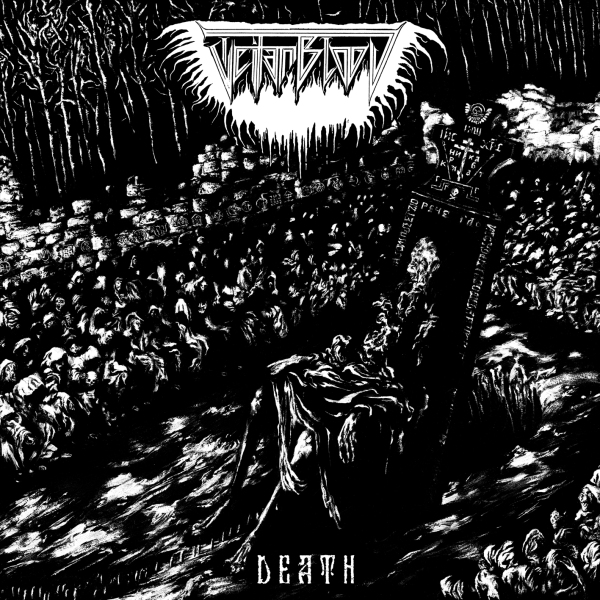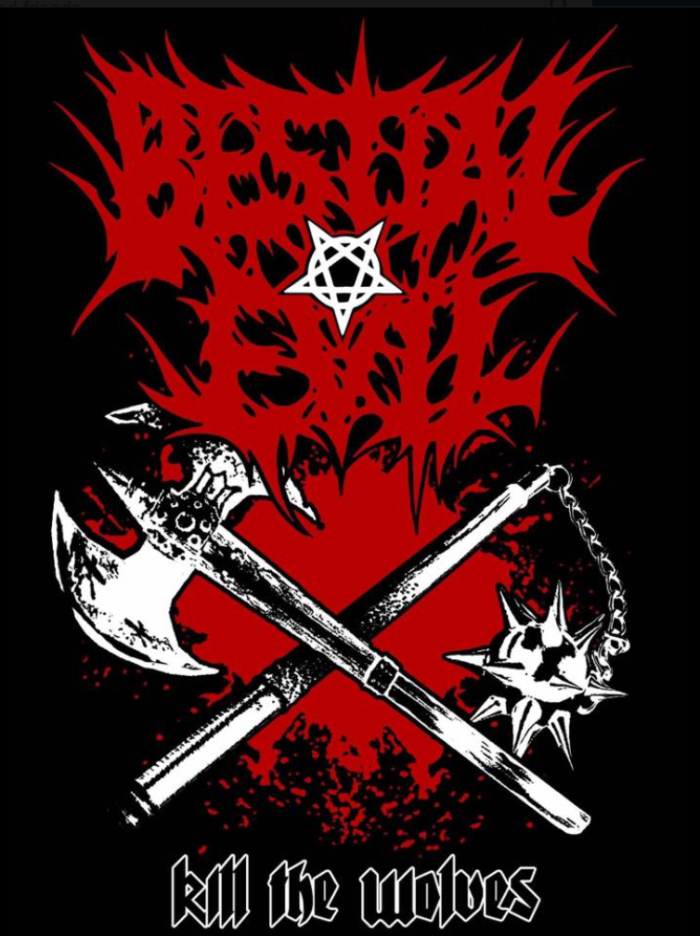Why write bad reviews at all? Good music is rare, and bad is everywhere, but if you do not explicitly identify the failings of bad, most people will find it appealing because it does not interrupt their steady stream of self-centered thoughts and is easier than seeking good. If you like good music and want more of it, you must bash as well as praise, as Machiavelli would tell you. And with that, the latest installment of the Sadistic Metal Reviews…
82 CommentsTags: acanthrophis, asperger's syndrome, coprophagia, Dead War, fetus logic, iron maiden, kreator, led zeppelin, manilla road, mental retardation, pantera, sadistic metal reviews, sunn o))), venom, Voivod









